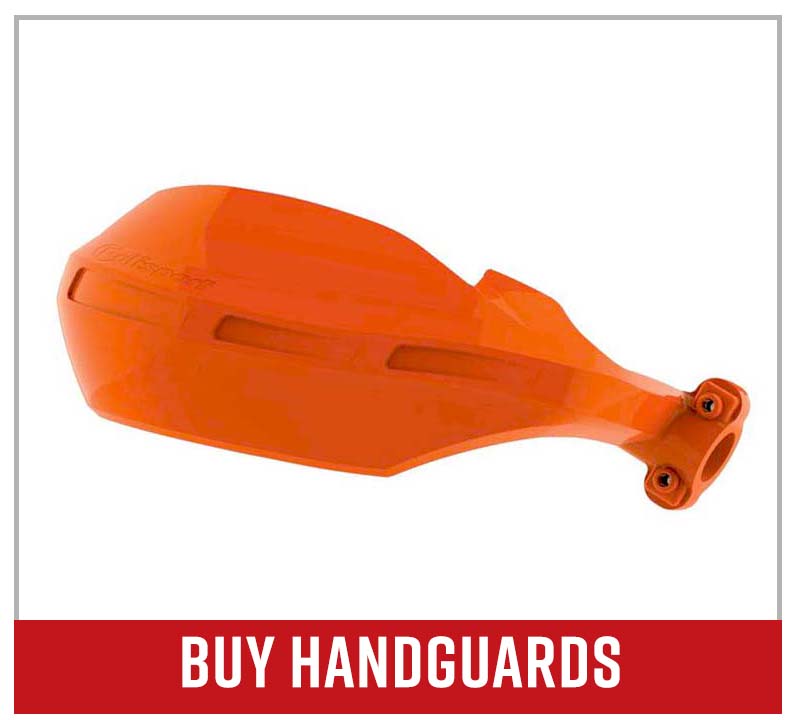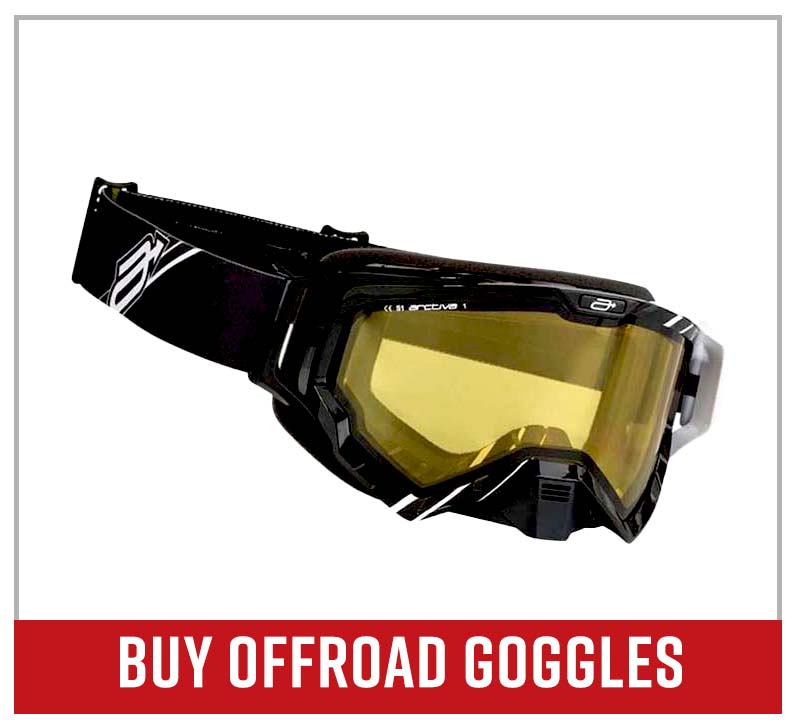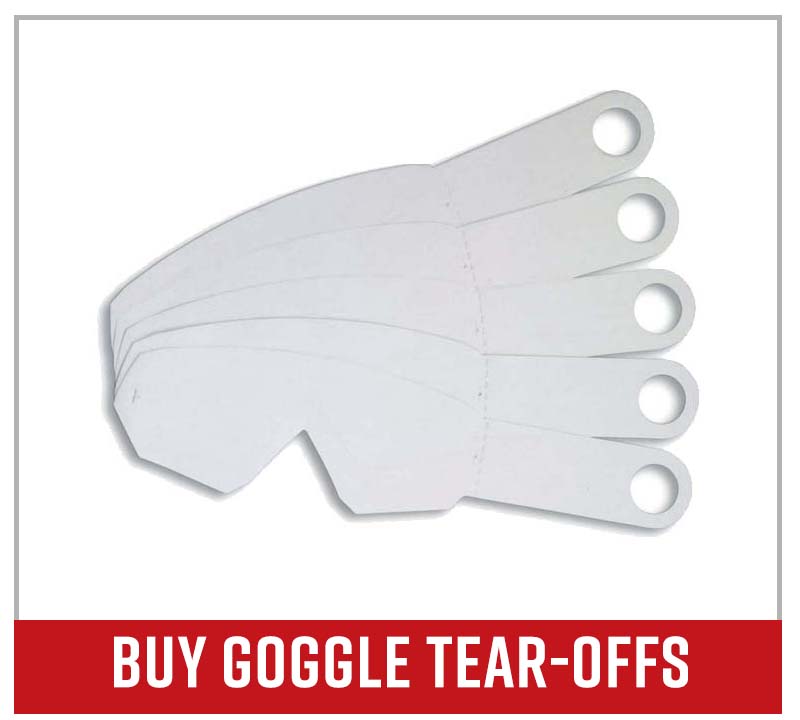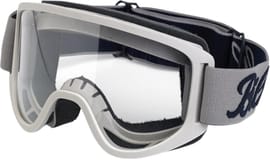Tips for Riding Dirt Bikes in Mud
Riding a dirt bike in mud is incredibly challenging and requires a lot of experience and skills. It’s not the type of dirt bike riding you should just jump into.
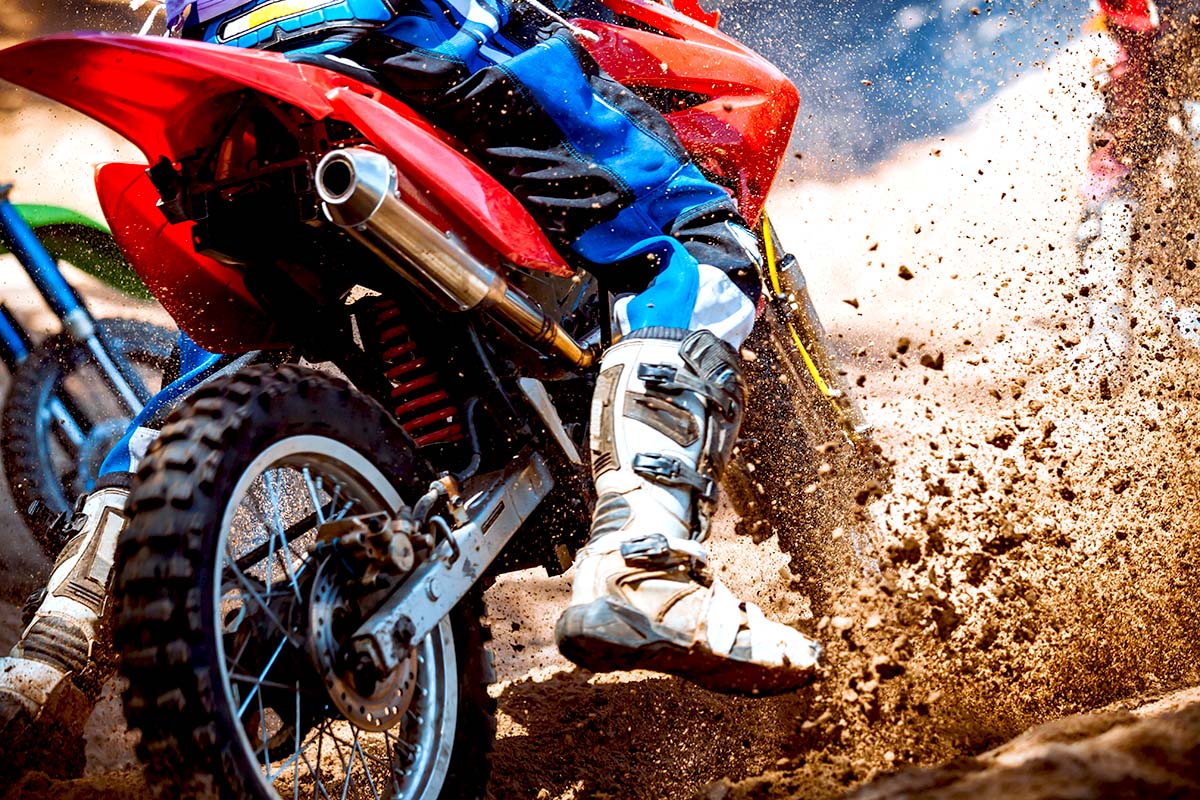
Dirt bike mud riding isn’t for everyone, and it can be very dangerous for beginners to try it out. Mud riding is much more difficult than regular riding, and you need to develop heightened awareness and balance. If you’re planning on tackling muddy tracks and trails, here are some tips for riding a dirt bike in the mud.
Dirt Bike Mud Riding Equipment
Mud brings mayhem to your bike, caking all over its parts and all over you. It can also weigh down the bike and bog it down.
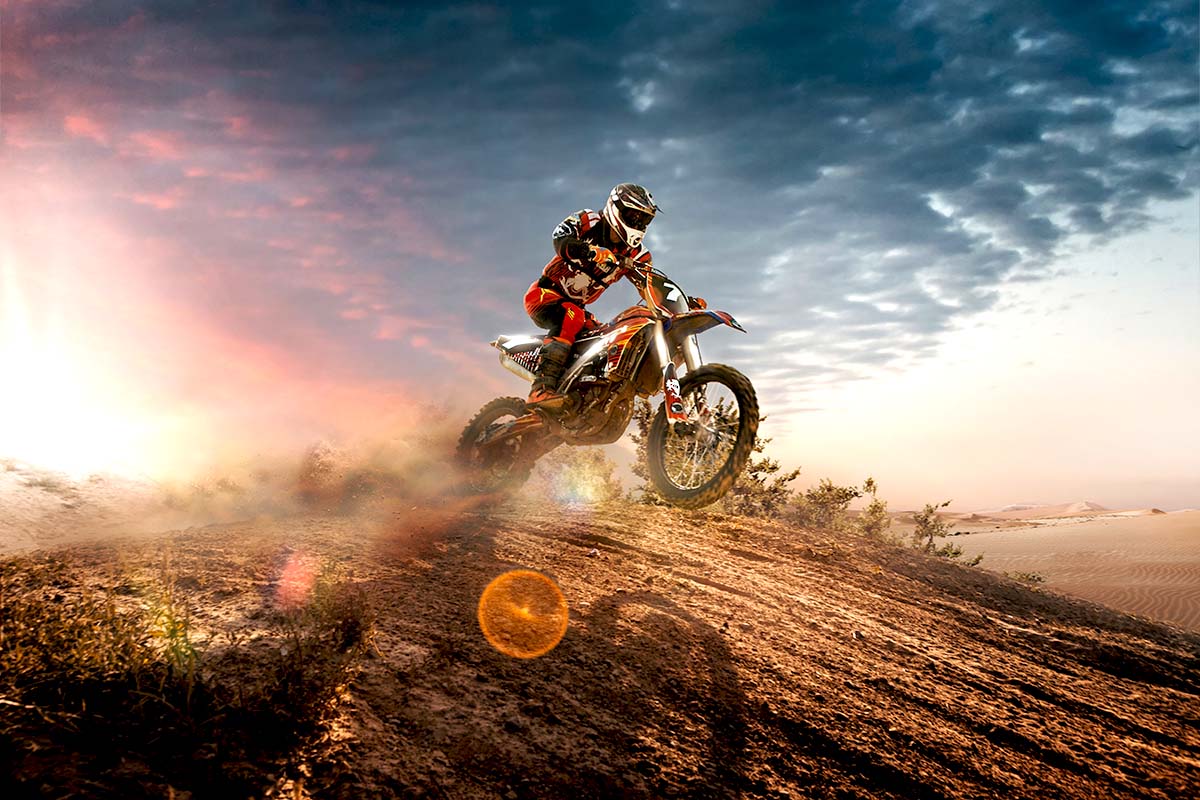
Along with the right equipment for riding your dirt bike in mud, you also should have proper riding gear, including the obvious helmet, boots, suit and body armor. Before you go mudding, here’s what else you should have for your bike and for yourself.
Mud Tires
Your dirt bike should be equipped with mud tires designed to handle slogging with proper traction. Make sure your dirt bike’s wheels and tires can handle mudding, and have enough air and correct tire pressure before you ride.
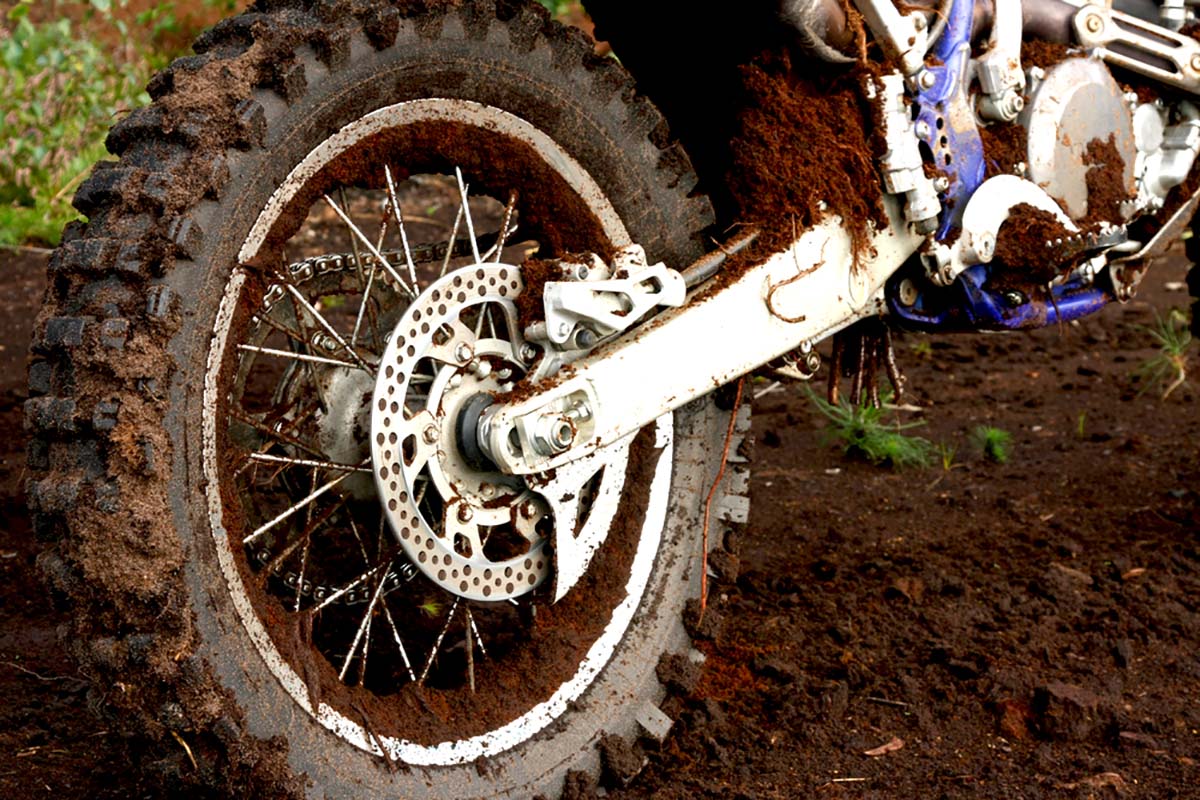
If you’re not sure if your bike’s wheels and tires are equipped to handle mud riding, replace them or don’t go mudding at all, for your own safety as well as for your bike.
Hand Guards
Have hand guards fitted to your dirt bike to prevent mud from sticking to your gloves and levers. Protecting your levers and gloves from clumping up with mud will help you handle muddy terrain much easier. If your dirt bike doesn’t have them built in, consider getting hand guards or mud grips.
Seat Covers
Mud can get slippery and wet, and can make you slide off your seat, which is of course dangerous. Seat covers provide more grip for your bottom when you’re seated. This added layer of protection will help keep you intact and in better control of your dirt bike when you take breaks from standing up.
Footpeg Covers
Planting your feet firmly on the foot pegs and keeping them from sliding off is especially hard when riding in slippery, muddy conditions. Footpeg protectors prevent mud from packing in the footpeg mounts. They’re typically made of lightweight, flexible rubber and can be installed easily without tools.

Goggles and Tear-Offs
Goggles protect your eyes from flying mud and debris, but what about constantly wiping the mud from your goggles with gloves? That’s where tear-offs come in. Goggle tear-offs are clear plastic covers that can be added in layers you can quickly remove to see clearly again. Having tear-offs helps reduce smearing mud all over your goggles from wiping it away with your gloves.
Lube
Use silicone spray to reduce the amount of mud that sticks to your bike, especially the underside. Avoid getting any spray on the seat, handlebars or footpegs, which could make riding more slippery and dangerous. Take the silicone spray with you to the trail or track. You should also grease or lube your bike’s chain and sprockets, chain guide, fenders and control cables to prevent mud from caking them up and bogging down the bike.
Clean the Air Filter
Your dirt bike’s air filter should be clean before and after every ride, especially when mud is involved, which could clog the air filter and do serious damage to your engine. Make sure your bike’s air filter cover is tightly secured before riding in mud. If your dirt bike has a reusable foam air filter, make sure to keep it clean and oiled. Spray oil on the air filter to keep it from getting clogged.
Wash Your Dirt Bike
Cleaning your dirt bike after every mud ride prevents rusting, so be prepared to wash your bike often if you plan on mudding on a regular basis. Use a mud scraper during and after rides to get rid of caked up mud on your bike.
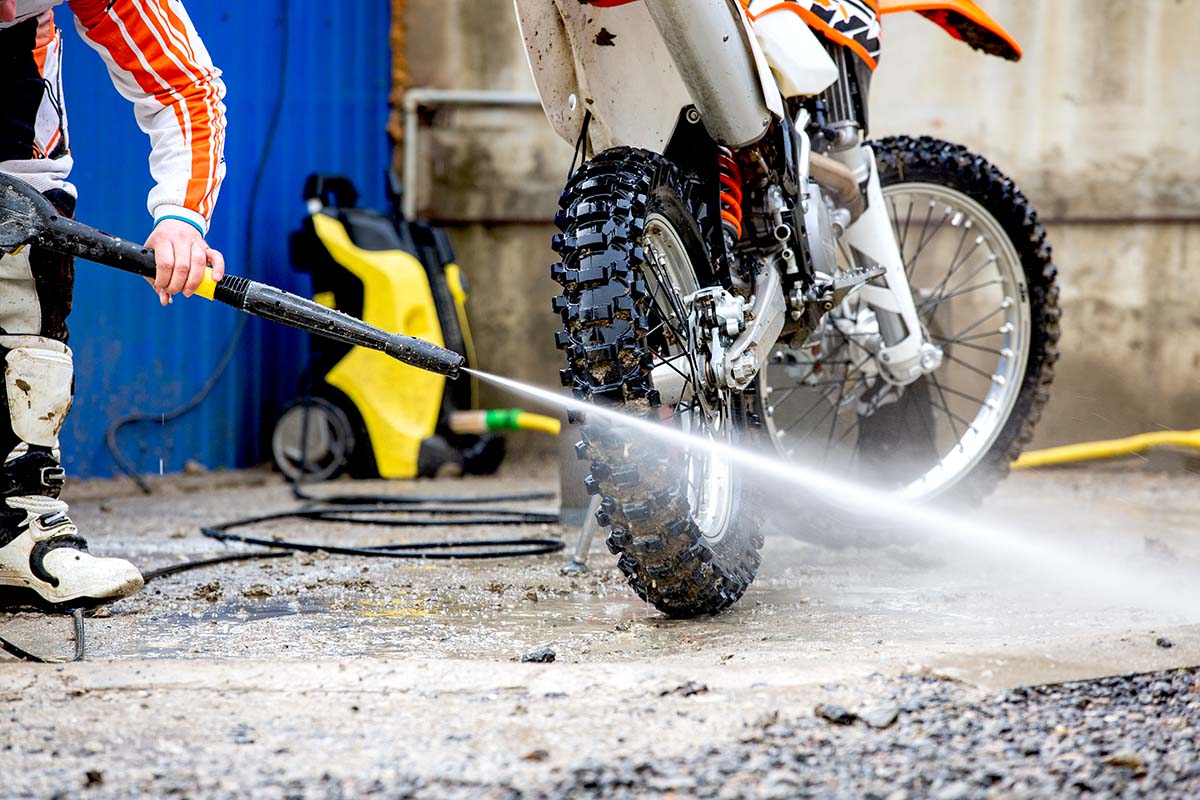
Additional Dirt Bike Mudding Tips
- Avoid the center of the track where mud accumulates the most. Stick to the outside, and keep the throttle open to pass through thicker parts of the trail or track.
- Brake slowly and smoothly, focusing on the rear brake to minimize the chances of falling off the bike. Don’t slam on the brakes, as doing so can make you lose traction and cause you to fly off the bike.
- Let momentum guide you downhill, because the steeper the hill, the easier it is for the front brake to lock and throw you off the bike.
- Stand on your dirt bike to lower the load on the bike’s center of gravity. Standing not only gives you stability, but also a wider range of vision along the way.
- Sit down for occasional breaks, as standing on the footpegs can be tiring on your muscles. The 80/20 technique is recommended: 80% standing, 20% sitting.
- Put most of your bodyweight back to prevent the front wheel from digging into the mud.
- Keep your head up, eyes forward and look ahead while riding in the mud to plan your next move, anticipate obstacles and prevent accidents.
- Don’t make sharp turns, as mud is slippery and you’ll likely fall off the bike. Turn at slow speeds, since you should be riding at slow or average speeds in mud anyway.
- Slightly loosen the bike’s chain to keep the tension correct and lessen the pressure on its sprockets.
Finally, have patience when learning how to ride a dirt bike in mud. Your skills will improve with each ride, so don’t rush it. You’ll sharpen your skills through trial-and-error, and you’ll be able to anticipate obstacles and setbacks from experience. Rushing things will harm both you and your dirt bike, so keep on practicing and go mudding with experienced riders until you become one yourself.
